
Aviation
Innovative flame detection solutions for commercial and military aircraft hangars.
Experiencing inferior flame detector performance in your hardened aircraft shelter?
Then you need a solution that ignores jet engine exhaust and afterburner tests, while delivering exceptional coverage and reliability. Ideally, the solution should improve safety, reduce operating costs, and only detect hazardous fires.
The importance of fire safety in the Aviation industry
Hardened military aircraft shelters (HAS) combine a set of features that make it both paramount to achieve rapid flame detection and uniquely difficult to do so reliably with a minimum of false alarms. Fighter jet engines are often running within the building, and the hangars, and fuel depots are home to massive quantities of jet fuel and other hydrocarbons that pose a major fire hazard if released from containment.
Rapid detection and activation of suppression systems is crucial to protecting lives and assets in the event of a fire.
In a typical hardened aircraft shelter, there are four fundamental functions that the optical flame detection system should achieve: -
- Provide full, proven coverage of the HAS
- Demonstrate a high false alarm immunity to radiant sources, including jet after-burner flames. Examples include hot CO2 exhaust emissions, jet after-burner, sunlight, EMI/RFI sources, and welding.
- Provide a fast response to hazardous flaming fires.
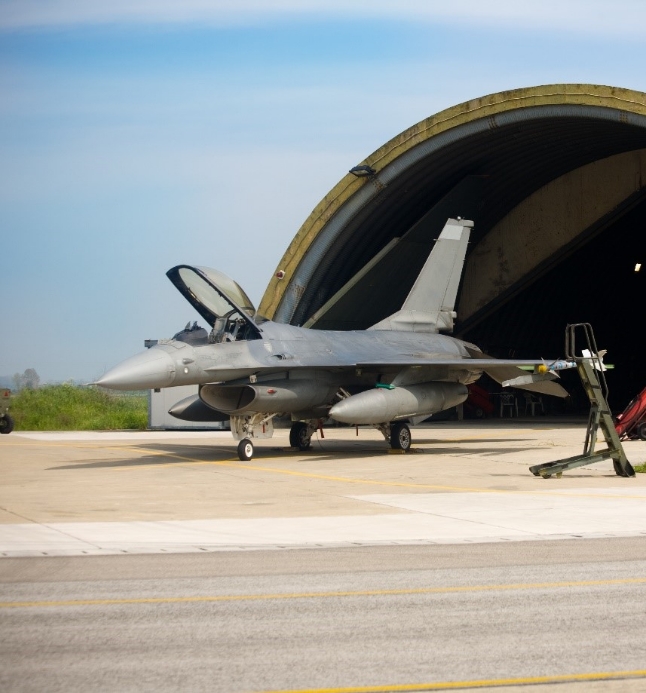
Your challenge: Ignore friendly fires / false alarms - jet engine after-burner and exhaust - whilst detecting hazardous flaming fires in the hangar.
Given the valuable nature of the aircraft they house, hardened aircraft shelters must have rapid flame detection systems in place, but with a highly responsive fire detection system comes the problem of frequent false alarms. The most common issues for flame detectors in hangars are:
- Jet engine exhaust and after-burner tests.
- Blackbody radiation from the planes/engines.
- EMI/RFI interference – aircraft avionics
- Sunlight flooding in from the large sliding doors and the potential for detection systems to ‘see’ moving objects on the runway.
Certain triple IR flame detectors are known to use sight restrictors to limit their field of view through to the apron and runways through the open hangar doors.
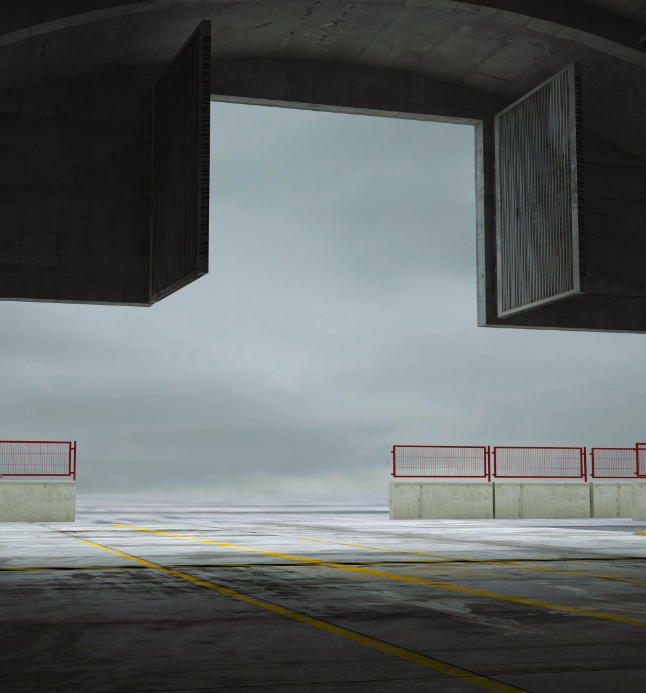
Our solution: Technology that meets your demands
We designed intelligent Visual Flame Detection (iVFD) to meet the challenges of reliably detecting flames in hardened aircraft shelters, whilst delivering the best possible balance between safety and economy.
The FDS301 and FDS300 visually detects flames using live video and an on-board flame recognition algorithm.
In comparison with radiant technologies, the advantages of using a camera to detect flames is that they will ignore ‘friendly’ flames from the jet afterburner and still detect hazardous flaming fires within the HAS. Unlike competing technologies, iVFD achieves this without having to use sight restrictors, differing sensitivity levels, time delays, or special configurations. The benefits of using iVFD in hardened aircraft shelters are:
-
- Lower CAPEX/OPEX – less detectors required to achieve complete coverage.
- No costly false alarms or false system activations.
- Ignores jet afterburner and exhaust emissions while still detecting ‘real’ fires.
- Works straight out the box - simple installation with no special configuration required.
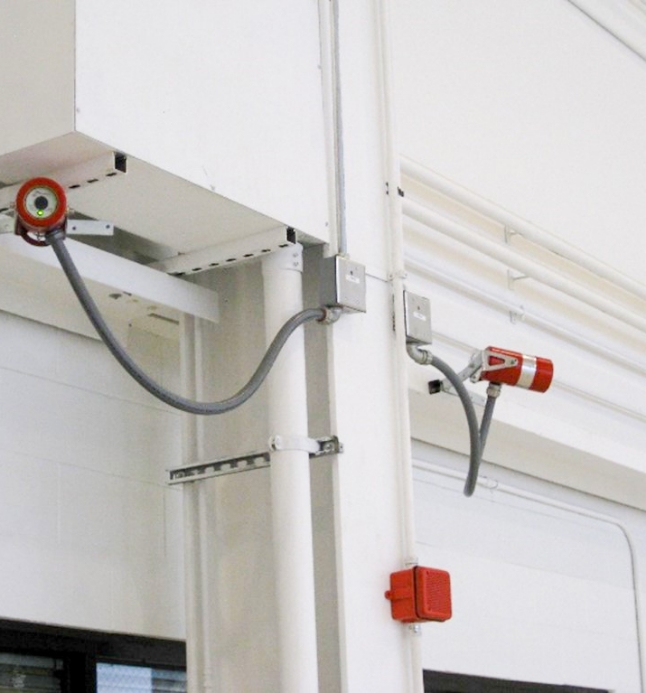
HazMap3D Challenges to contend with when using optical flame detectors in aircraft hangars
Applications
We understand that no two environments are the same, which is why our solutions can be tailored to the needs and nature of your business and its surrounding environment. This way, you have smart flame detection systems with the ability to know when to alarm, and when not to.
-
Aircraft Hangars
Aircraft hangars must have rapid flame detection systems in place. But current fire safety systems cause frequent false alarms.
-
Hardened Aircraft Hangars
Reliable flame detection designed to ignore jet engine exhaust, blackbody radiation, EMI/RFI interference and sunlight.
-
Helideck
Helidecks can cause problems for certain flame detectors. Hundreds of helidecks are protected by Micropack iVFD, with proven immunity to hot CO2, blackbody radiation and extreme weather.
Related Products
-
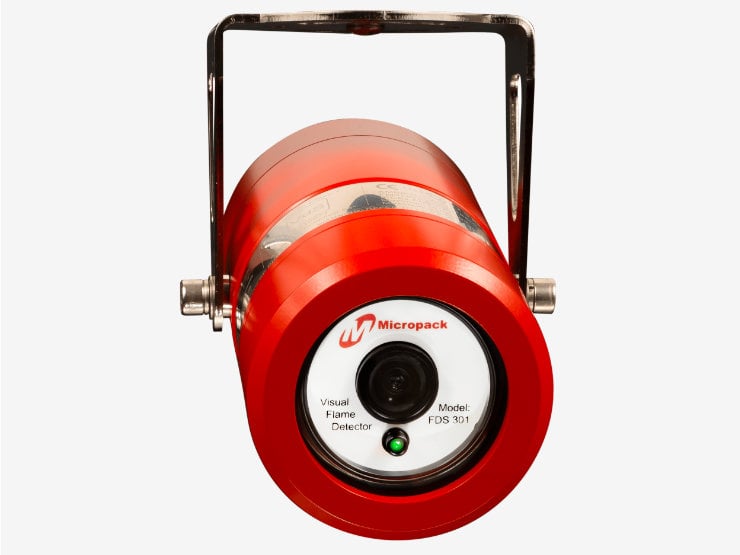
Designed for hazardous industries where fast optical flame detection is critical and nuisance alarms are not an option! The Micropack FDS301 is an explosion-proof visual flame detector...
FDS301 Intelligent Visual Flame Detector -
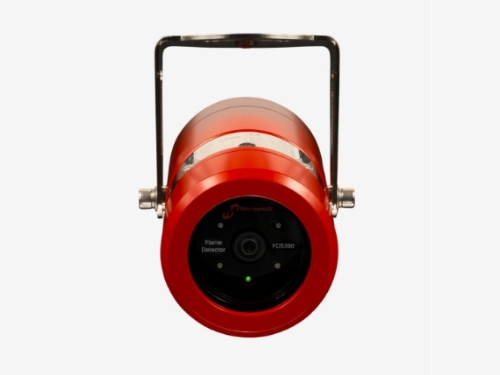
Designed for hazardous industries where fast optical flame detection is critical and nuisance alarms are not an option! The Micropack FDS300 is an explosion-proof visual flame detector...
FDS300 Intelligent Flame Detector
